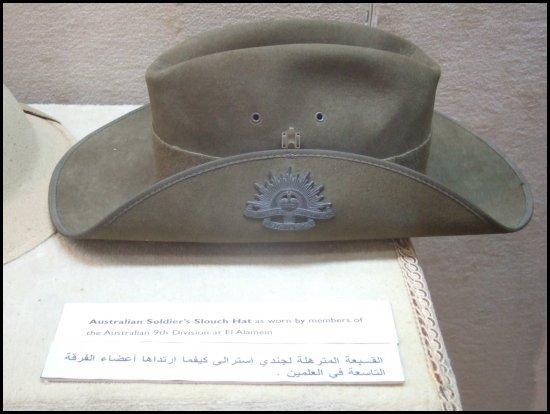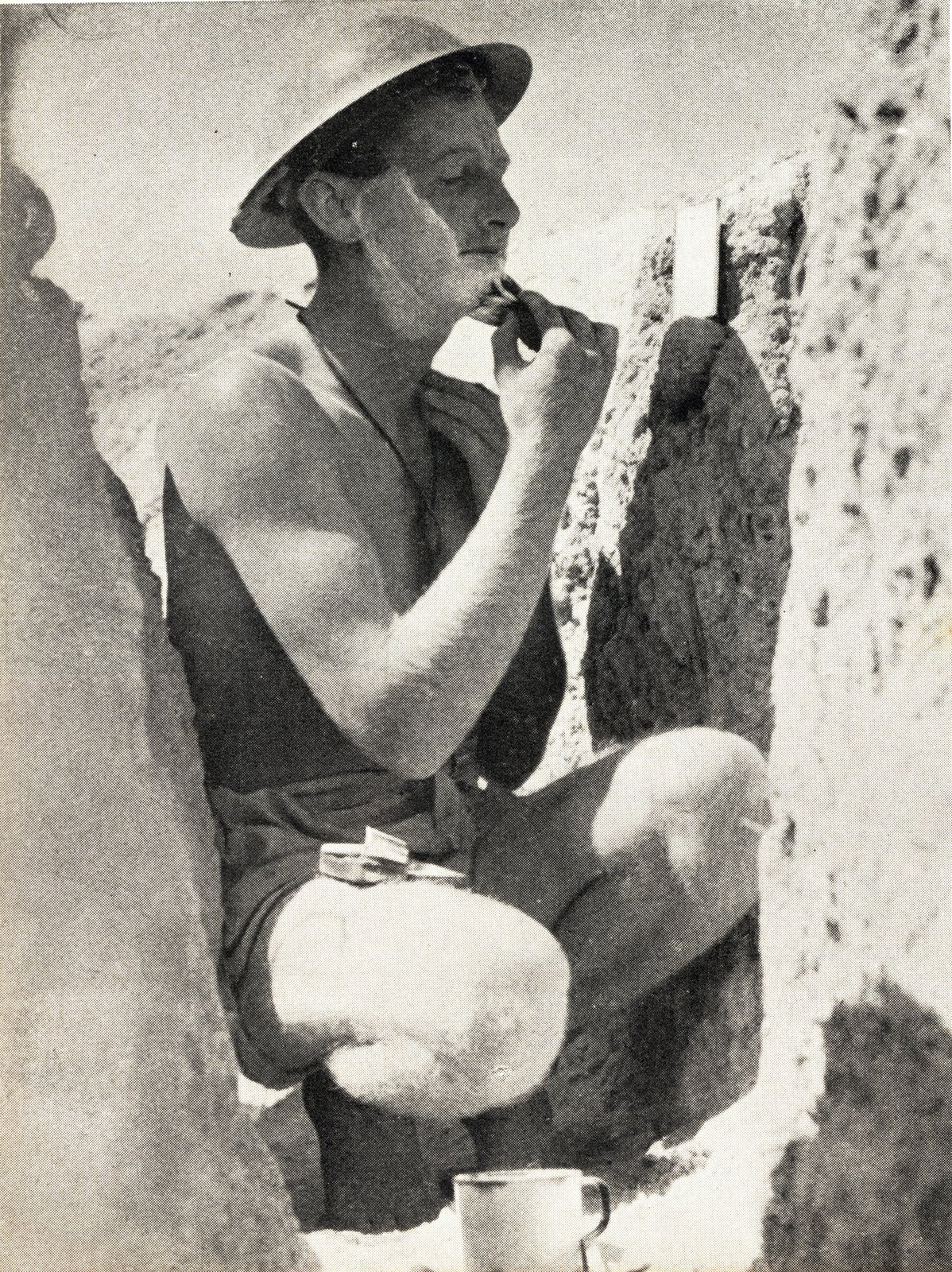 Image taken from "Active Service - with Australia in the Middle East". Australian War Memorial 1941.
Image taken from "Active Service - with Australia in the Middle East". Australian War Memorial 1941.
A patrol of 9th Division troops goes outside the wire of Tobruk's defenses into no mans land. Patrols like this constantly harassed the enemy at Tobruk. It was commonly felt amongst Australian troops that they "owned no-man's land". Major-General Leslie Morshead, commander of the Tobruk garrison implemented a series of relentless patrolling around the besieged troops in a constant source of concern for both Germans and Italians alike.
The patrol pictured appears to be a standard section patrol of 8 men. 6 with Lee-Enfield .303's with fixed bayonets (a constant source of fear amongst Axis troops) and two with the American Thompson submachinegun. The man in front, the leader of the patrol has the larger 50 round drum magazine whilst the other "Tommy Gunner" appears to have the smaller 20 or 30 round box magazine. All men wear the standard commonwealth tin hat helmet, shorts and carry only extra ammo, grenades and field dressings.
Morshead organised two different types of patrol around Tobruk. Reconnaissance and Fighting. A Recon patrol would often go out after dark, lightly armed for thousands of yards to often lie for hours in the cold desert within yards of enemy positions to gather intelligence about enemy troop dispositions and movements. Often a recon patrol would return, report the night's findings and return to their positions after up to 6 hours in the desert without a shot being fired or a word spoken.
The other type of patrol, the Fighting Patrol, would often go out the next night to attack targets watched the night before. These patrols were often larger in number and more heavily armed than usual. They would often sneak up on the enemy and toss grenades amongst the unsuspecting foes only to charge them with fixed bayonets or blazing Tommy Guns. There was even a report of a fighting patrol of 11 men who attacked 188 Germans with fixed bayonets at night and killed over 20 and captured the rest, including a dreaded Flak 88 gun and many Spandau MG's without a word being spoken or a shot being fired.
The patrols wreaked havoc amongst the Italians around Tobruk with their own leaflet campaign. 9th Division recon patrols would sneak into the Italian positions and stick leaflets with the words "V per Vittoria" (V for Victory) written on them all over the place. There was even a report of an Italian soldier waking up in the morning in his dugout with a "V per Vittoria" leaflet neatly tied around his bootlaces at the foot of his bedding.
 image 009394 Australian War Memorial.
image 009394 Australian War Memorial.













